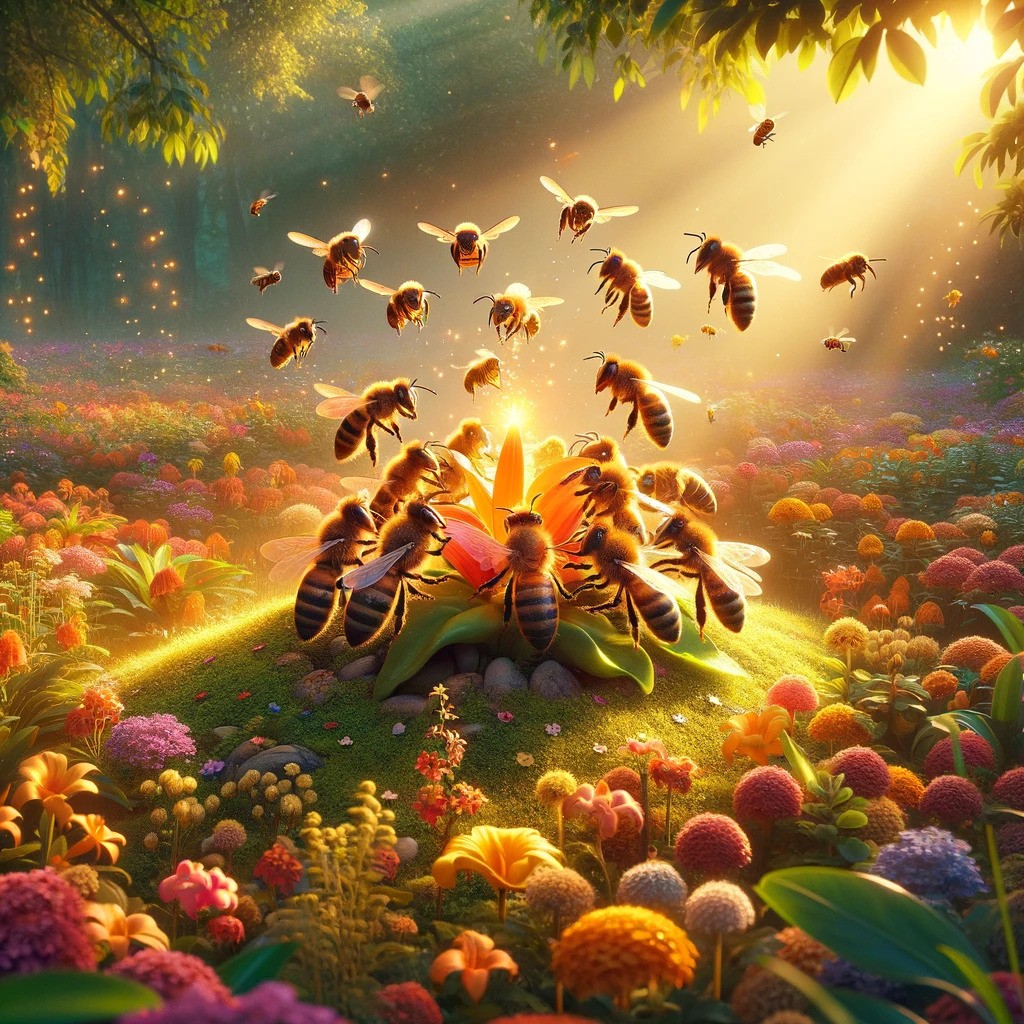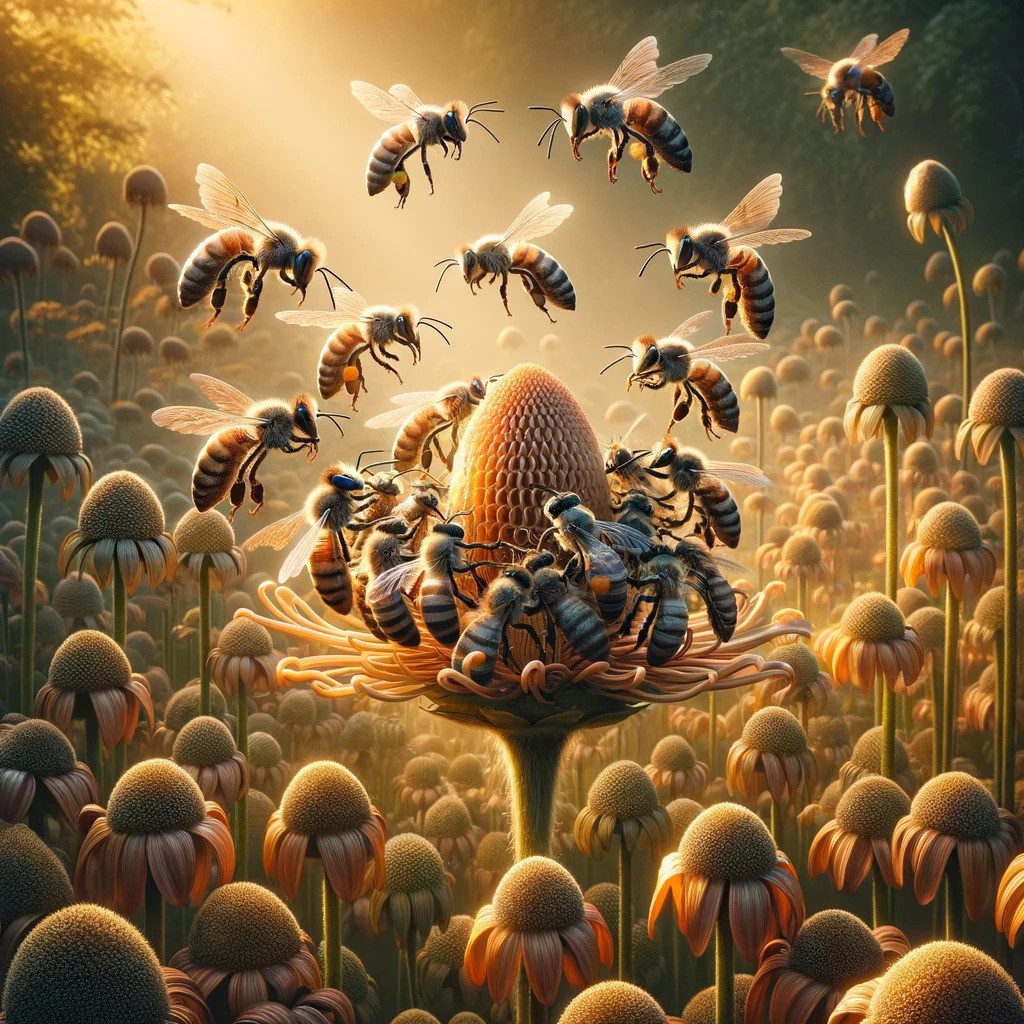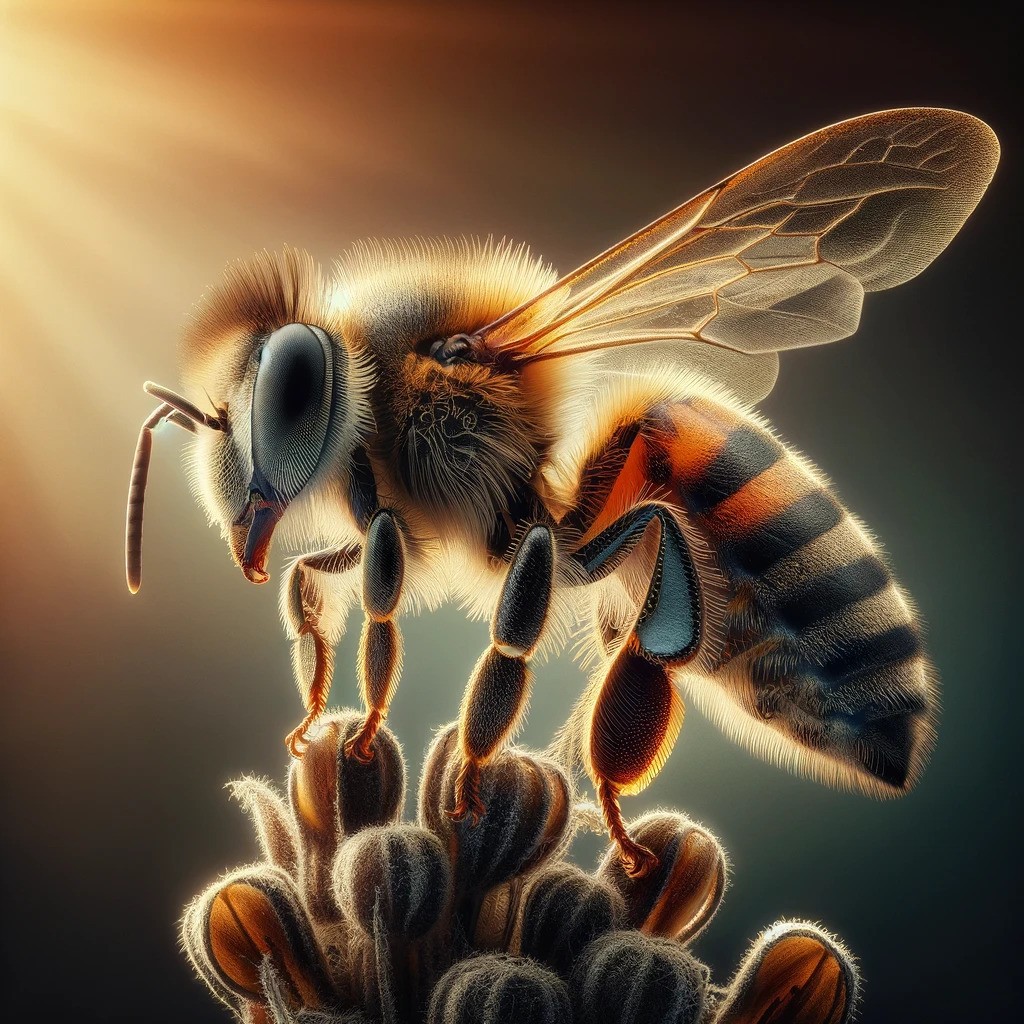The white-eyed condition in drones is usually a result of a recessive mutation that prevents the normal production of pigments that give the eyes their typical dark color.
While this condition might seem unusual, it offers a fascinating insight into the genetics of honey bees and the complex factors that influence their development.
What Causes White-Eyed Drones?
Drones, or male honey bees, typically have large, dark-colored eyes, essential for their primary role in mating flights.
However, in rare cases, a genetic mutation can lead to a condition where the eyes of these drones appear white instead of the usual dark color.
This condition is caused by a recessive mutation that affects the production of pigments, particularly ommochromes, and pteridines, which are responsible for the dark coloration of the eyes.
How it happens
A recessive mutation requires that a drone inherits two copies of the mutated gene, one from each parent, to express the white-eyed condition.
In other words, both the queen and the drone that contributed to the creation of the affected drone must carry the mutated gene.
This makes the condition relatively rare, as it depends on the specific genetic combination of the parents.
Impact on Drone Behavior and Survival
The white-eyed condition in drones can significantly affect their behavior and survival. Drones rely heavily on their vision for navigation, especially during mating flights.
The lack of pigmentation in the eyes can impair their vision, making it difficult for them to perform their primary role of locating and mating with a queen.
As a result, white-eyed drones are often less successful in mating and may not contribute to the genetic diversity of the colony.
The Genetics of Bee Populations
Understanding the genetic basis of conditions like white-eyed drones is important for beekeepers and researchers alike.
Beekeepers who encounter white-eyed drones in their hives should monitor the affected colonies more closely.
Although these drones are typically not a major threat to the colony’s overall health, their presence can indicate the expression of recessive genes that may have other implications for the colony’s genetics.














